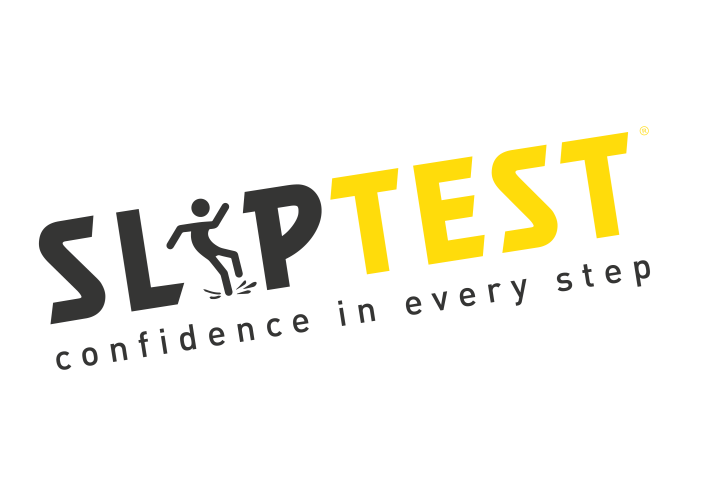Is Your Floor Safe? Why Slip Testing Matters – and What Your PTV Really Means
Slips and trips are among the most common causes of injury across workplaces, public spaces, and commercial settings — yet one of the easiest to prevent. The challenge? You can’t see a dangerous floor with the naked eye.
Many facilities assume their floors are safe, especially if they “look” clean or “feel” okay underfoot. But without a professional slip test, it’s impossible to know how much grip your flooring really offers — or how much risk you’re exposing people to every day.
What Is A PTV and Why Does It Matter?
The Pendulum Test Value (PTV) is the trusted method for measuring the slip resistance of a floor. It gives a clear numerical rating that determines how likely someone is to slip under specific conditions — dry, wet, or contaminated.
Here’s why that number matters more than most people realise:
PTV 36 – Approx. 1 in 1,000,000 chance of slipping
PTV 34 – Risk increases to 1 in 100,000
PTV 29 – Now 1 in 10,000
PTV 27 – Drops to 1 in 200
PTV 24 – A serious 1 in 20
PTV 19 – A very high 1 in 2 risk
Just a few points’ difference on the PTV scale can turn a low-risk floor into a legal liability. That’s why HSE guidelines recommend a minimum PTV of 36 in wet or potentially contaminated conditions.
Why You Should Have Your Floors Slip Tested
Getting your floor professionally tested isn’t just about ticking a box — it’s about:
Identifying hidden dangers: Even clean-looking floors can be deceptively slippery.
Preventing injuries: Small fixes based on test results (like cleaning, treatment, or matting) can significantly reduce risk.
Protecting your business: In the event of a claim, having documented PTV readings shows you’ve taken responsible steps.
Meeting compliance: Many industries and insurers now expect routine slip testing as part of health and safety protocols.
Whether you manage a care home, shop floor, office, warehouse, manufacturing site, or school — knowing your PTV could be the difference between a safe environment and a costly accident.



